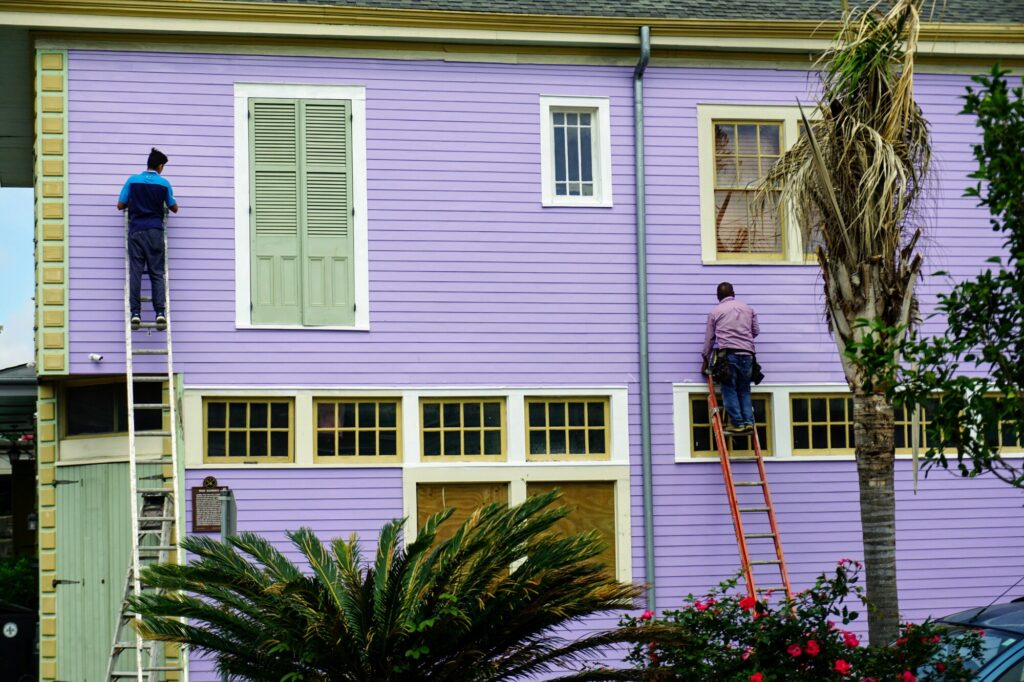Undertaking a DIY siding project can be a rewarding way to enhance your home’s exterior and boost its curb appeal. However, it can also be fraught with challenges if you’re not well-prepared.
To ensure your project goes smoothly, here are some common mistakes to avoid when tackling DIY siding. Read on.
Neglecting Proper Planning
One of the biggest mistakes homeowners make is diving into a siding project without adequate planning. Before you start, take the time to research your options. Different siding materials come with varying installation techniques and maintenance requirements. Such as:
- vinyl
- wood
- fiber cement
Create a detailed plan that outlines your goals, budget, and timeline. This groundwork will help prevent unexpected issues down the line.
Skipping Measurements
Accurate measurements are crucial in any home improvement project. Failing to measure your home’s exterior properly can lead to purchasing the wrong amount of siding material choices.
This not only wastes money but can also cause delays as you scramble to reorder materials. Before purchasing, double-check all measurements, including door and window openings, to ensure you have a precise understanding of the area to be covered.
Ignoring Local Building Codes
Every locality has specific building codes and regulations governing home renovations. Many homeowners overlook these requirements, which can lead to fines or forced removal of improperly installed siding.
Before starting your project, familiarize yourself with local regulations and secure any necessary permits. This proactive approach ensures your project is compliant and protects your investment.
Overlooking Weather Conditions
Weather can significantly impact your DIY siding project. Installing siding in extreme temperatures-whether too hot or too cold-can lead to issues like warping or poor adhesion.
Rain or high winds can disrupt your work and compromise the quality of your installation. Check the weather forecast and choose a time when conditions are optimal for siding installation to avoid these pitfalls.
Neglecting Surface Preparation
Proper surface preparation is key to a successful siding installation. Failing to clean and repair the underlying structure can lead to problems like:
- mold growth
- poor insulation
- premature siding damage
Before you begin, inspect the walls for rot or damage and make necessary repairs. Ensure the surface is clean and dry to provide a solid foundation for your new siding.
Using the Wrong Tools
Using the right tools is essential for achieving a professional-looking finish. Many DIYers make the mistake of using inadequate or incorrect tools, which can lead to frustration and poor results.
Invest in high-quality tools specific to your siding material and the installation process. If you’re unsure, consult online resources or local experts for recommendations on the necessary tools.
Rushing the Installation Process
In the excitement of a exterior design DIY project, it’s easy to rush through the installation. However, haste can lead to mistakes and compromises in quality. Take your time to ensure each piece of siding is installed correctly and securely.
Pay attention to details like alignment, spacing, and nailing techniques. A careful approach will yield better results and ensure the longevity of your siding. It is also helpful to consult an expert to learn more about it, even in vinyl siding repair.
Start a DIY Siding Now
By avoiding these common mistakes, you can set yourself up for a successful DIY siding project that enhances your home’s appearance and value. With careful planning, attention to detail, and the right tools, your siding installation can be a fulfilling endeavor that adds lasting beauty to your home.
Talk to experts for home siding options. Take your time, do your research, and enjoy the process!
If you want to read more articles, visit our blog.







